Duck hunting from a boat offers a unique thrill, but safety must always come first. The safest position for two hunters is to sit in opposite corners, which maintains the boat’s balance and creates clear zones of fire. This simple arrangement prevents accidental tipping and ensures that firearms are always pointed away from each other. Prioritizing this setup, along with other key safety protocols, is vital for a secure and successful hunt on the water.
Why Proper Positioning is a Must for Boat Safety
When you’re in a small boat, every movement counts. The positioning of hunters is the single most important factor for maintaining stability. An unbalanced boat can easily capsize, especially with sudden movements like standing up to take a shot or retrieving a downed bird. This risk increases significantly in choppy water or with unexpected waves.
The ideal setup is for hunters to sit back-to-back or on opposite sides of the boat. This distributes weight evenly and creates designated safe shooting zones for each person. This prevents hunters from swinging their firearms across their partner’s path, one of the most dangerous actions in a boat.
Always remain seated when shooting if possible. If you must stand, do so one at a time and communicate your intention clearly. Sudden shifts in weight can destabilize the vessel, turning an exciting moment into a life-threatening emergency.
Essential Safety Gear for Every Duck Hunter
Having the right equipment is not just about a successful hunt; it’s about returning home safely. Some gear is non-negotiable when you are on the water, regardless of your experience level.
The most critical piece of safety equipment is a U.S. Coast Guard-approved personal flotation device (PFD) or life jacket. Many hunting accidents on the water turn fatal not from firearms, but from drowning, often in cold water where hypothermia sets in quickly. Modern PFDs are designed to be comfortable and allow for a full range of motion while shooting.
Beyond a PFD, your gear list should always include several key items to prepare you for emergencies and changing conditions.
- A fully-stocked first-aid kit designed for the outdoors.
- Reliable communication devices, such as a fully charged cell phone in a waterproof case or a marine radio.
- Distress signals like a whistle, flare, or signal mirror.
- Waterproof clothing and waders to protect against the elements and cold water.
Mastering Firearm Safety on the Water
The confined space of a boat demands an even higher level of firearm discipline. The basic rules of gun safety are amplified when you’re on an unstable surface surrounded by water.
Always treat every firearm as if it’s loaded. This mindset is the foundation of all safe gun handling. Before boarding, ensure all firearms are unloaded with the action open and transported in a protective case. Firearms should only be loaded when you are in position and ready to hunt.
Keep your firearm’s safety on until the moment you are ready to shoot. It is also crucial to always point the muzzle in a safe direction, which is typically over the bow or side of the boat, away from your partner and any gear. Never rest a loaded firearm where it could fall or be pointed at someone.
Understanding these simple rules can prevent the most common firearm accidents.
| Do | Don’t |
| Keep the action open and firearm unloaded while moving. | Never point your firearm at your hunting partner. |
| Establish and respect safe zones of fire. | Don’t load your firearm until you are ready to hunt. |
| Keep the safety engaged until you are ready to shoot. | Don’t lean a loaded gun against the side of the boat. |
Staying Aware of Your Hunting Environment
Your surroundings can pose as much of a threat as any equipment malfunction. Environmental awareness means paying close attention to the weather, water conditions, and local wildlife regulations before and during your hunt.
Weather is a major factor in boating safety. Check the forecast before you leave and continue to monitor it. High winds can create dangerous waves, and sudden temperature drops can lead to hypothermia if you get wet. Be prepared to end your hunt early if conditions worsen.
Navigating water hazards is another critical skill. Be on the lookout for submerged logs, stumps, and shallow areas that could damage your boat or cause it to get stuck. If you’re hunting in an area with strong currents or tides, understand how they will affect your boat’s movement and stability.
Clear Communication: The Unspoken Safety Rule
Effective communication between hunting partners is essential for preventing accidents. Before the hunt even begins, you should discuss and agree on a plan. This includes establishing shooting zones, deciding who will shoot when, and how you will retrieve birds.
Agree on simple verbal cues and hand signals. For example, clearly state “I’m taking the shot” or “My gun is unloaded” to keep your partner informed. Never assume your partner knows what you are about to do.
This dialogue should continue throughout the hunt. Verbally confirm when you are moving, loading, or unloading your firearm. This constant flow of information creates a safer environment where both hunters are aware of each other’s actions and intentions at all times.
The Role of Training and Preparation
Safety is a skill that must be learned and practiced. Taking a hunter education course is one of the best ways to prepare for a safe hunting career. These courses cover essential topics like firearm safety, hunting ethics, and wildlife conservation laws.
Familiarize yourself with your boat and equipment before you head out. Practice launching and maneuvering the boat in calm conditions. Ensure the boat is not overloaded with gear or people, as this severely impacts its stability.
Finally, always let someone know your plan. Tell a friend or family member where you are going and when you expect to return. This simple step ensures that if something goes wrong, rescuers will know where to start looking for you.
Frequently Asked Questions about Duck Hunting Boat Safety
What is the safest position for two hunters in a boat while duck hunting?
The safest arrangement is for two hunters to sit in opposite corners or back-to-back. This setup provides maximum boat stability, distributes weight evenly, and creates clear, safe zones of fire for each hunter.
Should hunters wear personal flotation devices (PFDs) while duck hunting in a boat?
Yes, absolutely. All hunters should wear a U.S. Coast Guard-approved PFD at all times on the water. Drowning is a significant risk, and a PFD is your best defense against it, especially in cold water conditions.
How should hunters position their firearms while in the boat?
Firearms should always be pointed in a safe direction, away from everyone and toward the water or sky. When not in use, they should be unloaded, with the action open, and secured in a case or rack.
What are some tips for maintaining balance while duck hunting in a boat?
To maintain balance, keep your weight distributed evenly and low to the boat’s center of gravity. Avoid sudden movements, remain seated as much as possible, and communicate with your partner before standing or shifting position.
How can hunters ensure they have a safe and enjoyable experience?
Plan ahead by checking the weather, filing a hunt plan with someone, and ensuring all equipment is in working order. Practice clear communication, follow all firearm safety rules, and always wear your life jacket.

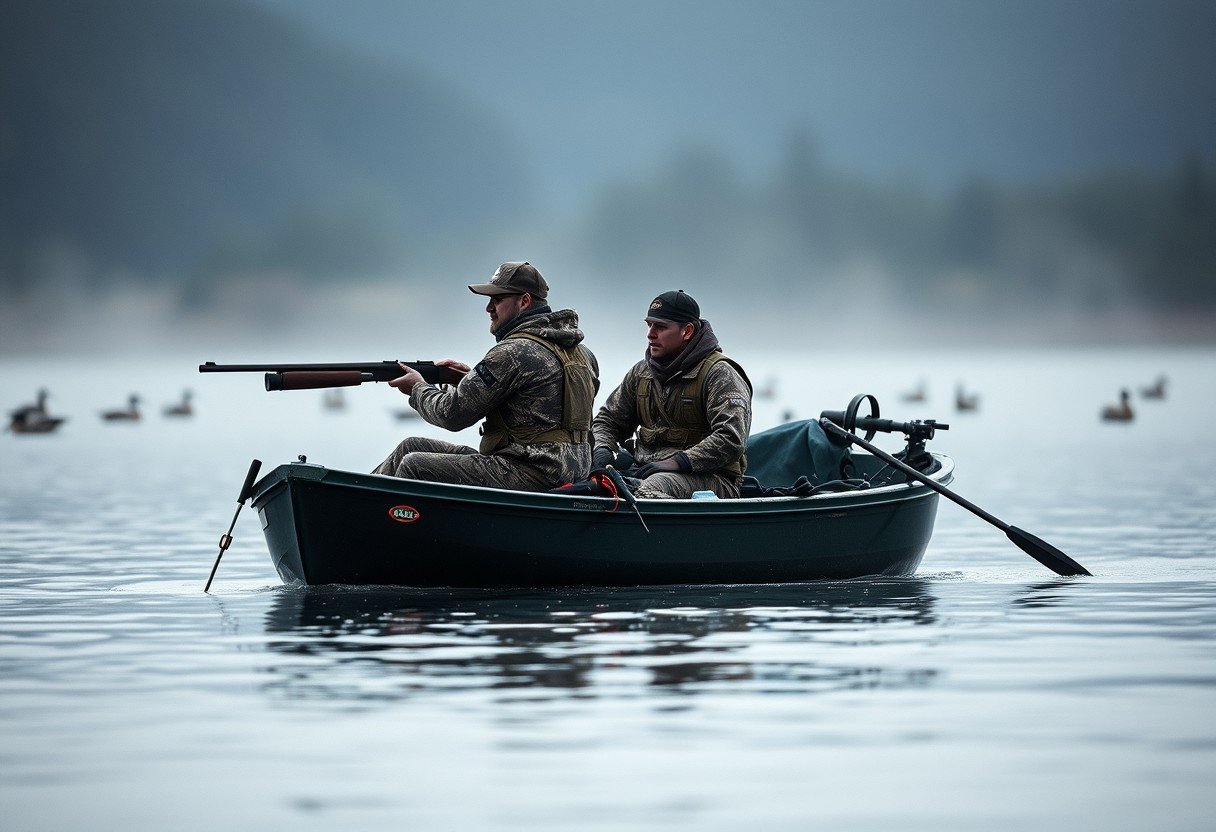
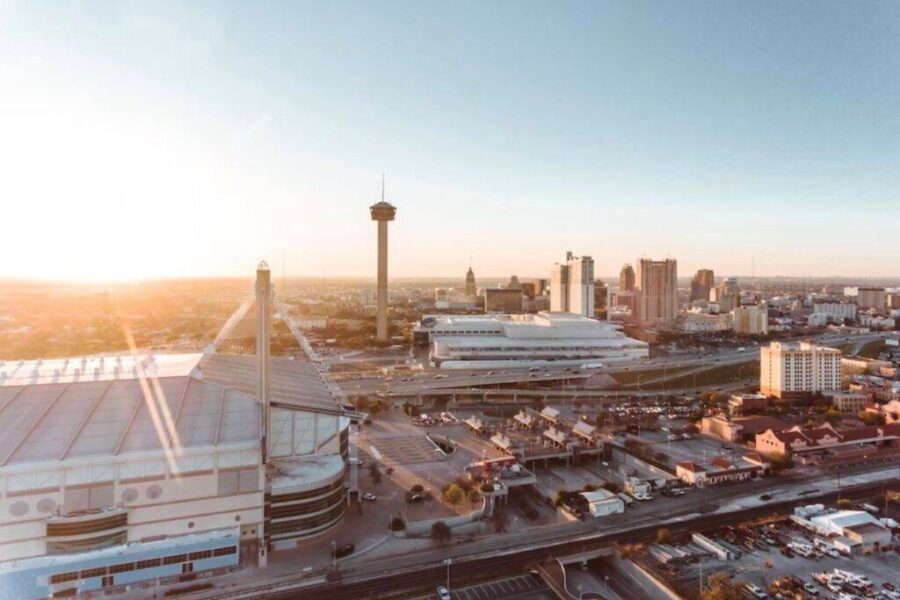
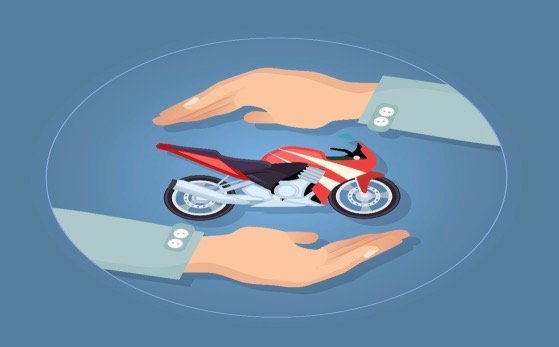

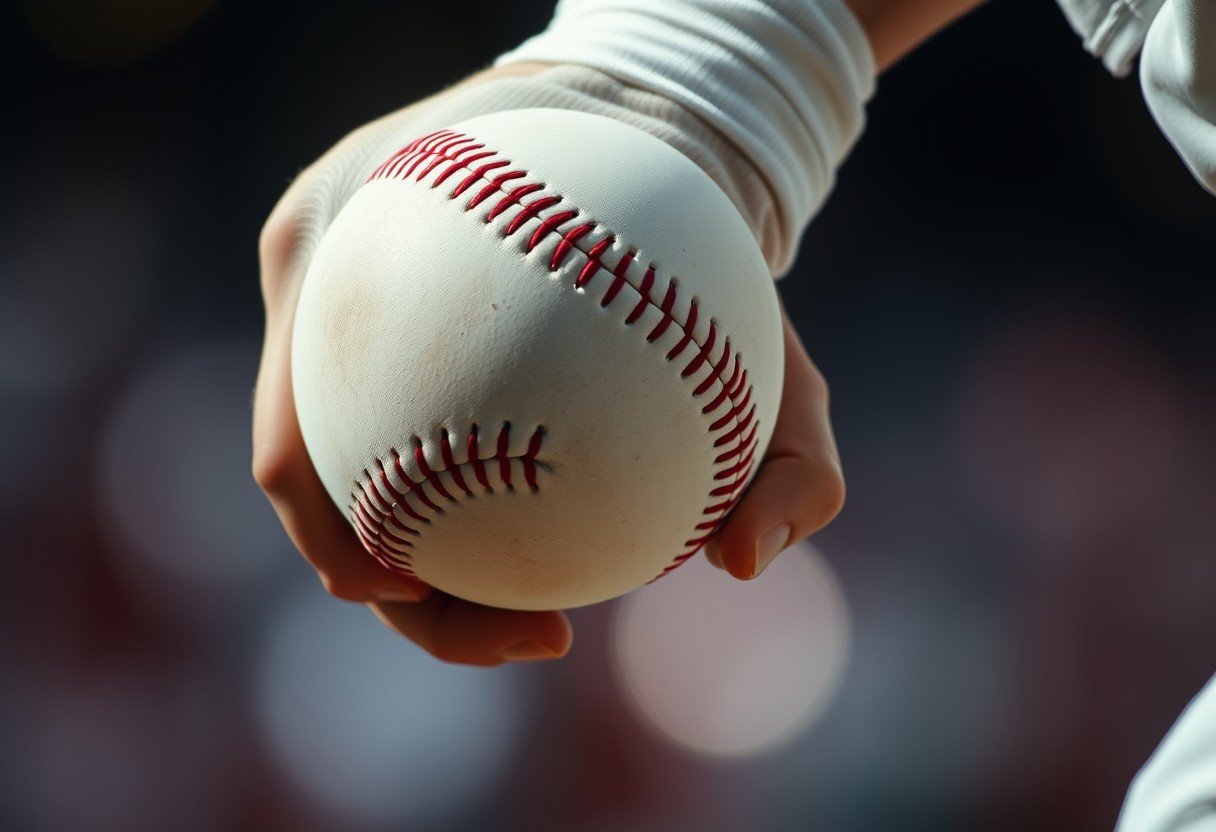
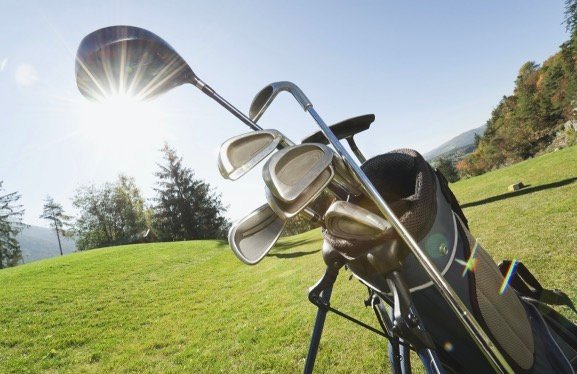
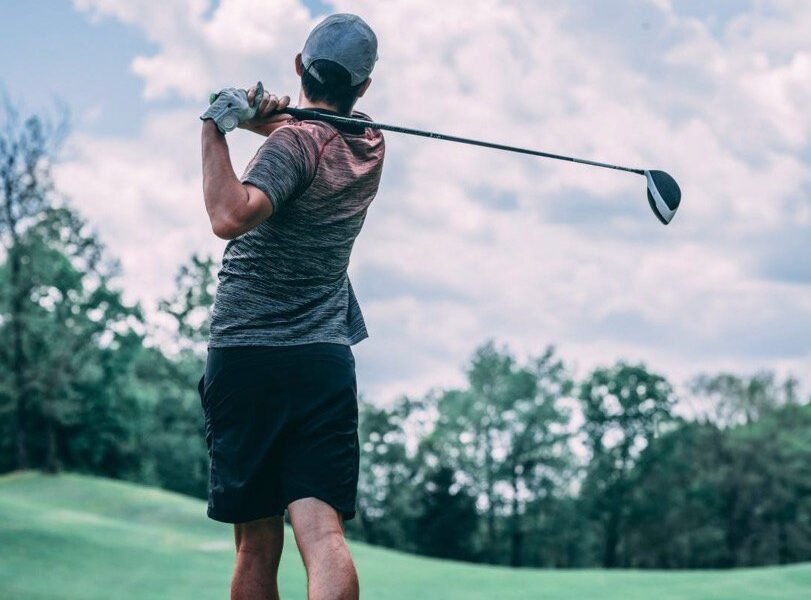
Leave a Comment